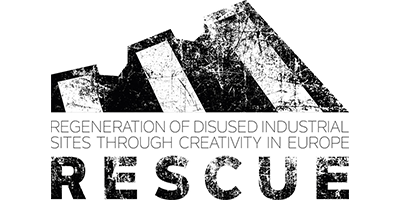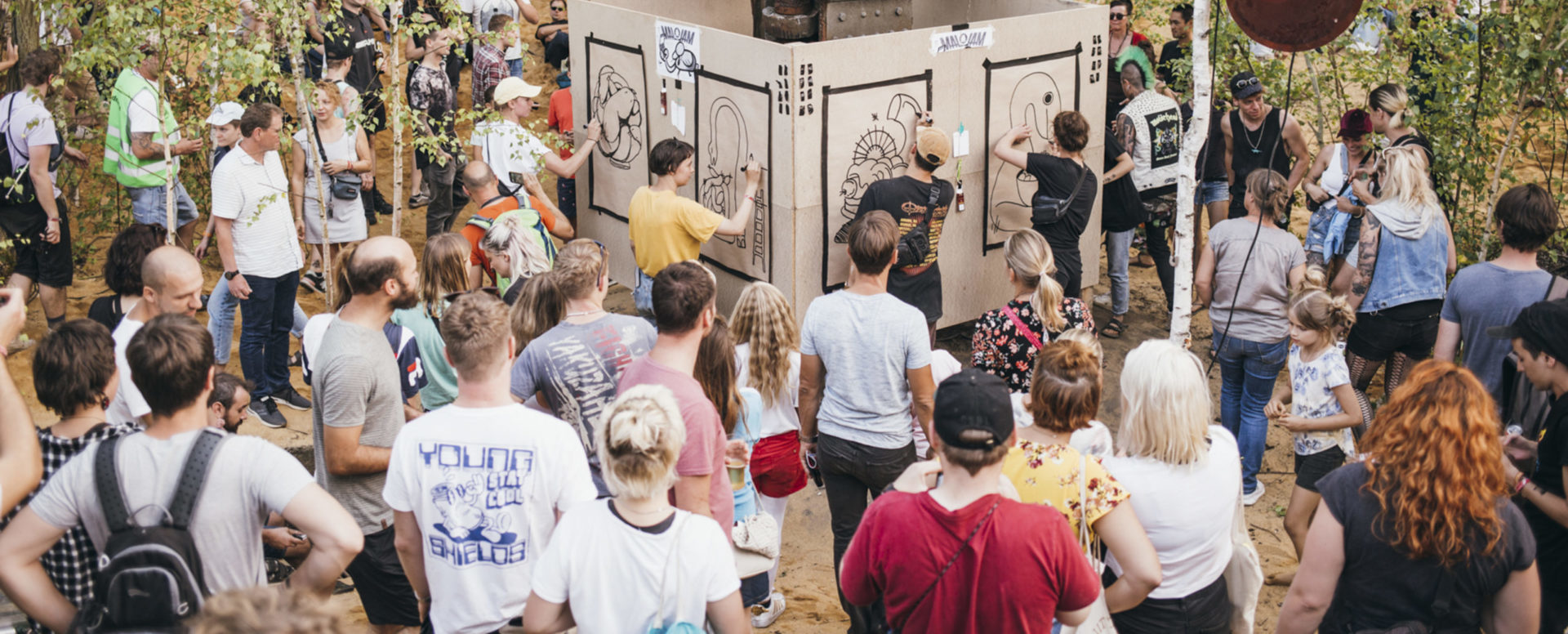The 16 project activities are organized in 5 Work Packages (WP) as follows:
Activity 1 – Research workshops in secondary schools
At least 4 workshops will be organized in secondary schools in each country (IT, AT, DE, SI). Workshops will help students to investigate on the complex relation between the local industrial heritage, its history and perception of local citizens about it. Students will be asked also to draw up proposal for the artistic representation of the history of workforce.
Activity 2 – Script development for each partner country
Each partner will define a draft story or an artwork evoking – with a contemporary twist – the stories of workers and industrial sites in their own country. Partner will decide about the visual or performing arts to be implemented according to their own artistic/cultural competencies. All texts or artworks should highlight the history of work and workers, and the complex social and cultural legacy that shaped the life of communities.
Activity 3 – Production of the artworks/performances in all the partner countries
Each partner, after the research carried out by local students on the history of workers (ACT.1), on the basis of the script/artwork developed during the ACT. 2 and the discussion
CREATIVE EUROPE
CULTURE SUBPROGRAMME RESCUE PROJECT – 607507-CREA-1-2019-1-IT-CULT-COOP1 EACEA 34/2018
RESCUE Creative Europe – Culture subprogramme Regeneration of disused Industrial Sites through Category 1 – Smaller scale cooperation projects Creativity in Europe implemented during the 1st intermediate project meeting (ACT.10) will produce one artwork or performance.
Activity 5 – Transnational artistic residency and Final Event
A transnational residency will be organized in Santo Stefano Magra. It will be attended by 1 artistic director per partner and 4 artist per partner. The residency will last 6 days. During the residency, participants will exchange experiences and best practices collected during the national performances/artworks, with the purpose of encouraging a transnational sharing of knowledge and skills.
Activity 6 – Analysis/planning on permanent regeneration of disused industrial sites through creativity
Each project partner will identify at least 3 national examples of best practice of preservation and regeneration of disused industrial sites. Main aim of this activity will be to define a sustainable plan for the long-term regeneration of disused industrial sites, which enables the creative use of structures beyond the project duration; and implement an innovative and shared management model for the enhancement of disused industrial sites, with cultural and artistic activities and purposes.
Activity 7 – Transnational workshop for the exchange of best practices regarding the regeneration of disused industrial sites through creativity
A transnational workshop will be organized in S. Stefano Magra, with the participation of experts about the regeneration of disused industrial sites trough creativity from both each participating country and other European countries.
Activity 8 – Public events for spreading the knowledge about European history of workforce and preservation/valorization of the industrial heritage
One public event will be organized in each country. The aim will be to actively involve and attract the interest of the general audience about European history of workforce and preservation of the industrial heritage and to spread the results reached during the implementation of performances, the transnational workshops and residency.
Activity 9 – Start-up (Kick-off meeting)
The first project meeting will be organized in Santo Stefano di Magra (IT) in order to share the work-plan, administrative aspects, and management procedures.
Activity 10 – First interim project meeting
The I° intermediate meeting will take place in Sankt Johann im Saggautal (AT). During the meeting, partners will discuss about the results of the research carried out by the students and the scripts regarding the production of the artworks or performances for each partner.
Each partner will also communicate which is the performing or visual art that will be implemented and all the details about location, timing, target audience.
Activity 11 – Second interim project meeting
The II° intermediate meeting will be organized in Santo Stefano di Magra (IT). Partners will discuss about the evaluation of the results achieved through the representation of the performances/artworks; the examination of the results of the transnational workshop about the regeneration of disused spaces and the organization of the public events for spreading the knowledge about European history of workforce and preservation/valorization of the industrial heritage.
Activity 12 – Final project meeting
The final project meeting will be held in Maribor (SI). During the meeting, partners will discuss the results of the project. In particular, they will discuss the monitoring and evaluation activities, and they will start working on the final report. The group will also discuss the possible continuation of the project, and which strategies should be adopted to ensure the sustainability of the project after the end of this programme.
Activity 13 – Project management, coordination and quality assurance
Day-to-day management to ensure an efficient and effective technical and financial management and reporting; to assure the proper coordination of the partnership and development of the project activities; to grant a proper monitoring and evaluation of activities, by the quantitative and qualitative points of view; to detect possible channels for the exploitation of results to support project follow-up.
Activity 14 – Project monitoring and evaluation
The qualitative and quantitative monitoring and evaluation of the project will be assessed.
Activity 15 – Project communication, dissemination and exploitation
A joint strategy for the communication and promotion of the results, which will be locally carried out by each partner in its country will be defined.
Each partner will be responsible for the local promotion strategy and organization of events using specific media channels that can better reach target groups. Each partner will not only use the project’s website and its social media, but will also develop promotional material, brochures, articles, and other publications, both in English and in national language.
Activity 16 – Media and promotional actions
Each partner will be responsible for the local circulation and promotion of the project’s works and results, which will be displayed in festivals and other events – networks. All the materials produced (articles, press-conferences, videos and photos) will be collected and used in the creation of the performances/exhibitions’ scenario and in the various communication activities, especially through the social media channels and the website.






